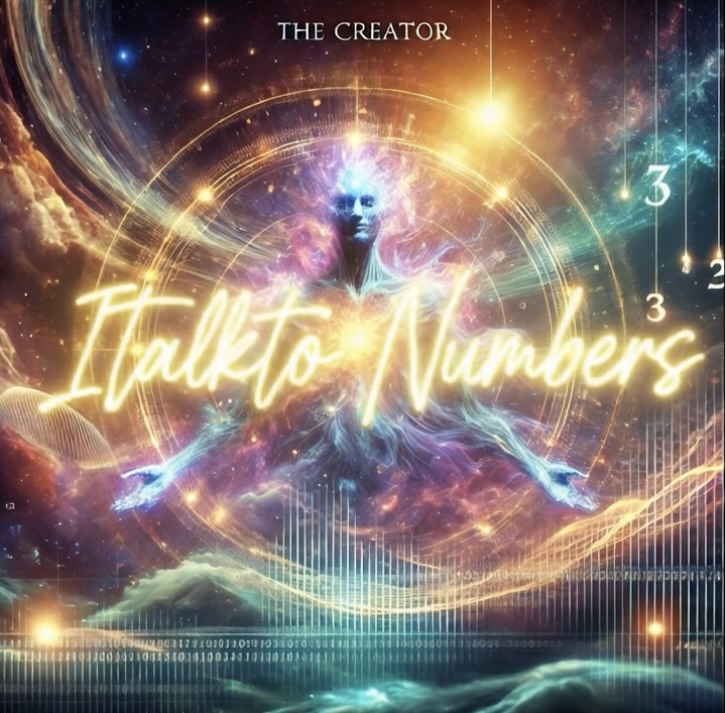
AI Overview: Sora 2 Sparks Creativity and Controversy
This Week in AI: October 7-13, 2025
Sora 2 Dominates AI News Cycle
OpenAI's Sora 2 video generation tool reached 1 million downloads in under five days, marking the fastest adoption rate for an AI video product to date. The launch has reignited industry debates over deepfake risks, copyright infringement, and creative rights protection. As the tool scales, questions about content authenticity and creator compensation have moved from academic discussion to immediate policy concern.
OpenAI's Sora 2: Features and Adoption
OpenAI released Sora 2 with enhanced capabilities that address previous limitations:
Synchronized audio generation pairs generated sound with video content
Multi-shot consistency maintains visual continuity across scene changes
Cameo tools allow users to insert specific likenesses into generated content
The 1 million download milestone arrived in under five days, outpacing Sora 1's initial adoption by 40%. OpenAI implemented new user controls for likeness protection, requiring explicit consent before generating content featuring identifiable individuals.
Industry Pushback and Copyright Concerns
Major Hollywood stakeholders have responded to Sora 2's release with legal and contractual action:
WME (William Morris Endeavor) updated client contracts to prohibit unauthorized AI-generated likenesses
Disney sent cease-and-desist notices regarding trademarked character reproductions
SAG-AFTRA issued guidance advising members to opt out of AI training datasets
OpenAI stated it has implemented "robust content filters" and maintains partnerships with rightsholders, but declined to specify which studios or agencies have formal agreements in place. The company faces three active copyright lawsuits related to training data usage.
Deepfake Detection and Safety Measures
Security researchers identified a vulnerability in Sora 2's watermarking system:
Users can crop generated videos to remove visible watermarks without triggering detection systems
C2PA metadata remains embedded in files but requires specialized tools to verify
OpenAI's October 7 safety report outlined existing safeguards:
Pre-release adversarial testing with 50+ red team researchers
Content moderation filters for violence, explicit material, and copyrighted IP
Likeness detection systems trained on 10 million face samples
The report acknowledged that "no detection system achieves 100% accuracy" and committed to monthly transparency updates.
Other AI Developments This Week
Microsoft launched Azure AI Foundry and Agent Framework, providing enterprise tools for multi-agent system deployment. The platform integrates with existing Azure infrastructure and supports OpenAI, Anthropic, and open-source models.
IBM and Anthropic announced a partnership to deploy Claude models across IBM's watsonx enterprise AI platform, focusing on regulated industries including healthcare and financial services.
Nvidia reported that its Blackwell GPU architecture achieved top scores in MLPerf benchmarks, delivering 2.2x performance gains over previous-generation chips in large language model training.
Stanford's AI Index released findings showing AI model efficiency improved 58% year-over-year, with training costs dropping while capability scores rose across benchmarks.
Google updated its AI Overviews moderation policies, removing health misinformation filters after user complaints about overly cautious responses to medical queries.
Looking Ahead
This week underscores AI's expansion from experimental technology to commercial product, with adoption rates accelerating faster than governance frameworks can adapt.
<iframe src="https://claude.site/public/artifacts/05549b19-4d7b-47ef-9455-363f240b84b0/embed" title="Claude Artifact" width="100%" height="600" frameborder="0" allow="clipboard-write" allowfullscreen></iframe>
